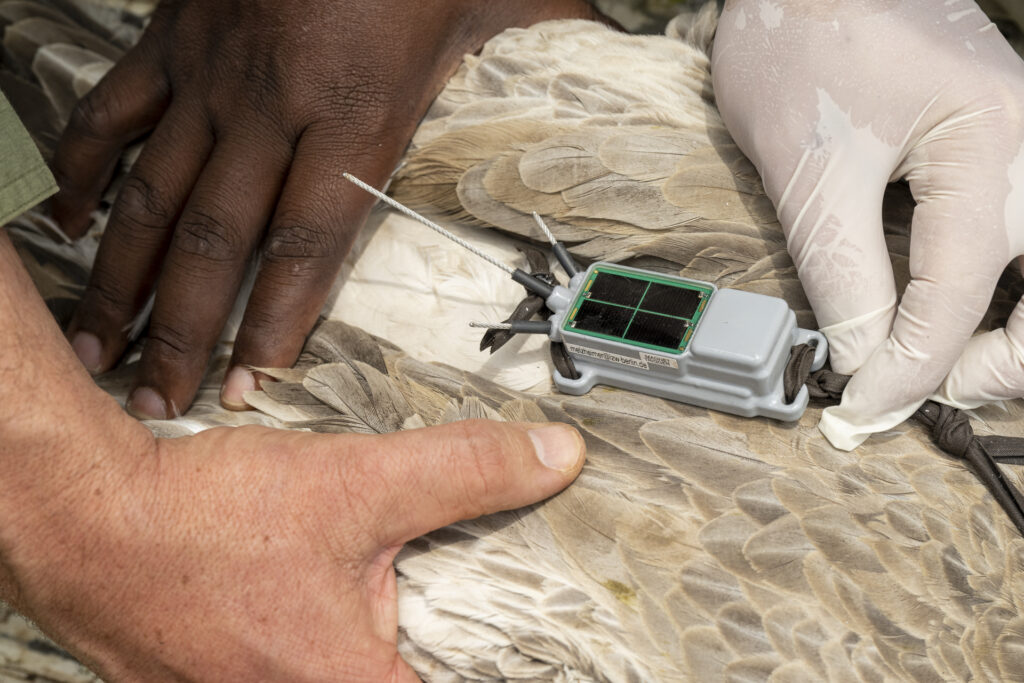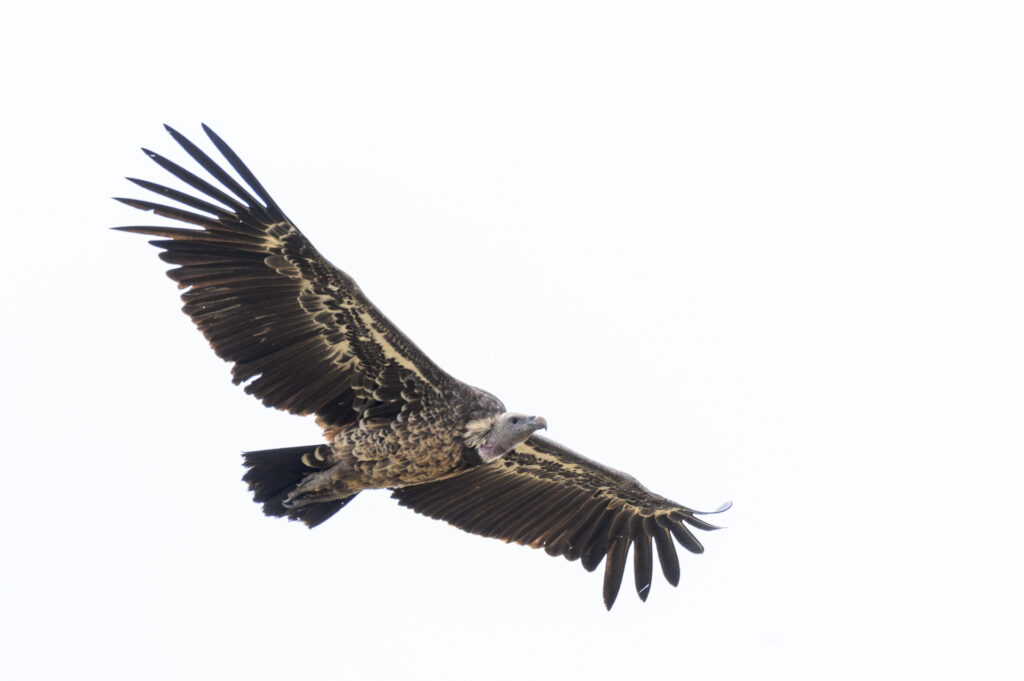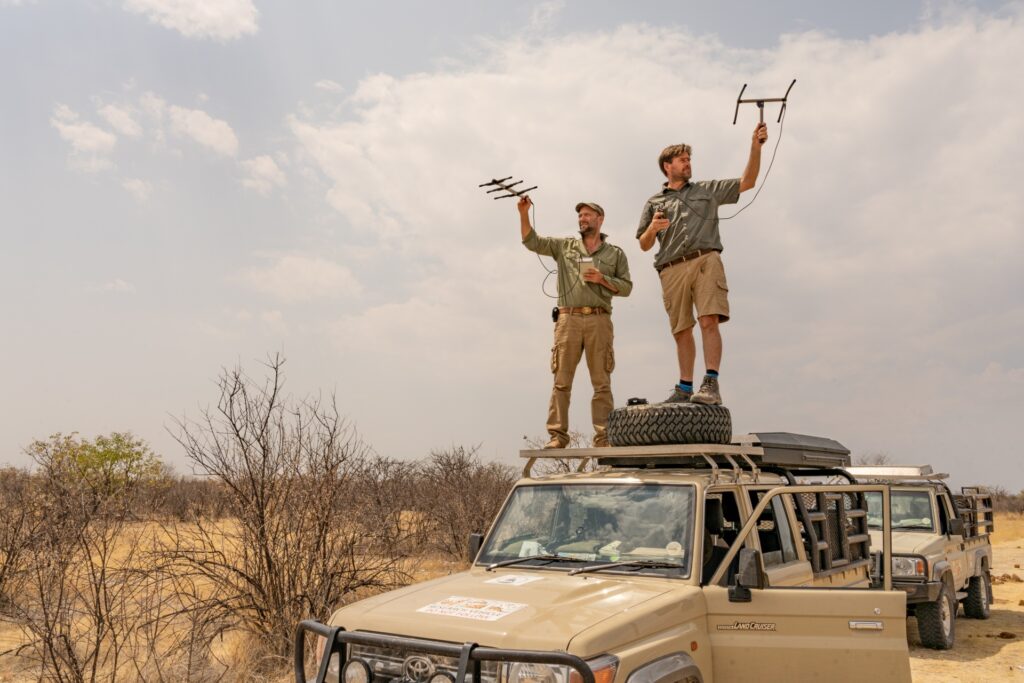Satellites and aircrafts play a crucial role in gathering environmental data from the distance, helping us to better understand our climate and ecosystems. However, animals also possess extraordinary senses and a unique ability to detect changes in their habitats. By combining animal capabilities with remote sensing technologies, GAIA aims at monitoring and understanding our planet more effectively.



In the Anthropocene era, it is imperative that we gather as much detailed information as possible about changes in our environment. Our own well-being and livelihood depend on healthy and balanced ecosystems, and understanding them is essential for their protection. Fortunately, technological advancements have equipped us with tools to gather precise data and draw important conclusions about ecosystem processes and conditions. Remote sensing, often conducted from aircraft, balloons, or satellites, allows us to monitor large areas and remote regions over extended periods. These “eyes in the sky” are invaluable additions to land-based observations, helping us understand ocean and air currents, land cover changes, and climate change.
A fascinating field of technology and environmental monitoring involves forming alliances with natural “eyes in the sky” – creatures that have evolved over millions of years and possess capabilities that surpass any man-made tool in certain cases. Animals possess superior senses and behavioural strategies that enable them to sense subtle and dramatic changes in their ecosystems, as well as to detect critical incidents. Vultures, for example, act as “sentinel species” and can elevate the concept of remote sensing to new heights. They regularly patrol vast areas in search of food, operating without emissions, additional resources, or repairs. Furthermore, their patrols are guided by their exceptional vision and the mission to find carcasses. The way they patrol, what they search for, and the incidents they lead us to may be linked to specific environmental changes and ecological events.
To fully exploit the potential of vulture-borne remote sensing, GAIA focuses on two essential aspects. Firstly, powerful tracking devices are attached to vultures to monitor their movements and behaviour on detailed temporal and spatial scales. Over 130 vultures in Africa have been equipped with GPS transmitters, forming part of the GAIA early-warning system. Secondly, new technological solutions are being developed to better understand what the animals observe and do. This includes a newly developed camera tag featuring an integrated camera, artificial intelligence algorithms for behaviour detection and image recognition, and satellite uplink for real-time coverage in remote regions. With these tools, animals can capture imagery and provide data of their surroundings faster, with higher resolution and specificity compared to satellite imagery. This innovative approach allows us to see nature through the eyes of animals.
This advancement in animal-borne remote sensing is contributing to a new and evolving field in environmental science, opening up a range of applications and research opportunities. In the case of GAIA, this approach aids, for example, in real-time detection and monitoring of wildlife diseases.

